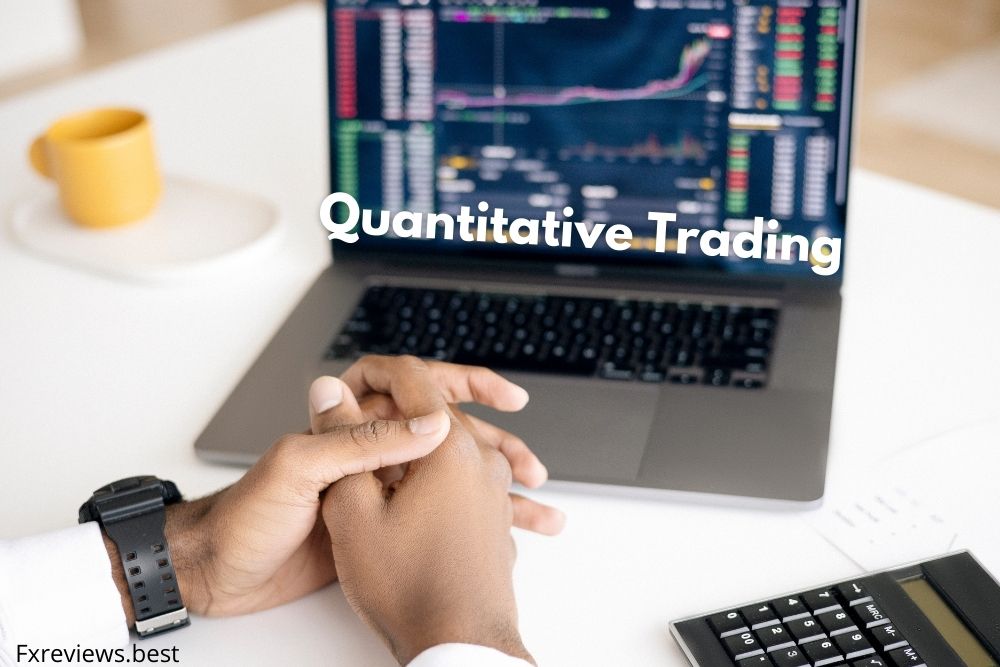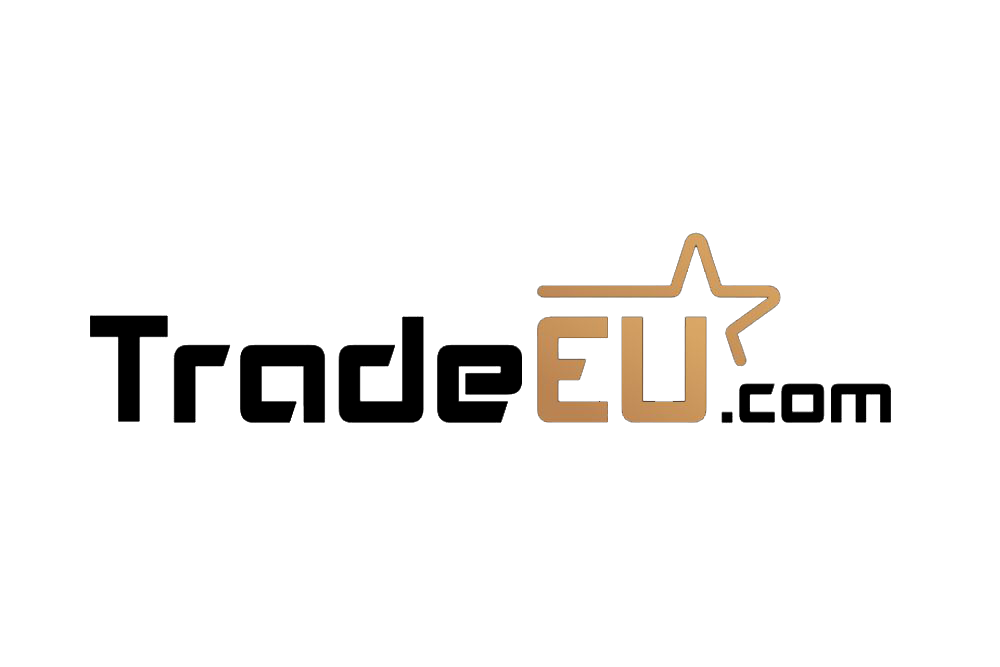Quantitative trading is a modern style of trading that is based on research and historical data. Traders can change their ideas into strategies through quants trading systems. This article consists of details about quantitative trading. First, check here the key components of quants trading. Then, learn the difference between quantitative finance and manual trading. Here we also talk about quantitative trading strategies and systems.
Quantitative trading slowly became popular in the financial markets. It is a holistic method of trading efficiently in a quick and dynamic market. This article teaches how to use quants trading strategies to perform trade more efficiently to earn remarkable profits. It is better than manual trading. In the modern era, traders prefer speed execution and automated trading in place of manual trading.
What is quantitative trading?
Quantitative trading is used for moving long and short financial instruments while their price is not available as we are thinking. Apart from manual trading, the decision-making process is done manually, and trade will be executed automatically through machines.
For example, If the images of Walmarts provided by satellite showing an increment in the ratio of parked cars (which indicates the rise in shoppers ), the costs of Walmart will increase. On the other hand, if the cost doesn’t increase, traders purchase the stock in the hope that it will rise in future (mainly during the following quarterly earnings declaration).
Where can we use Quants Trading?
We can apply quantitative trading while predicting the market opportunities that it shows, again and again, a similar trend. Traders use manual trading in case the market opportunities are not determined.
The reason why we need Quantitative Trading
We can use quants trading when we need to:
- Collect a large amount of data (web scraping)
- Analyse large amounts of data
- Fire many trades in a short time
- Analyse data fastly
- Analyse images or text (through machine learning)
- Fire a trade where you need a precise price
- Fire a trade with lightning-quick reactions
Quantitative trading strategies Vs Manual Trading strategies are explained via examples.
Quantitative strategies example
- Asset A generally fluctuates before asset B. So we can purchase and short asset B while we see asset A is moving.
- Perform a trade fastly through machines before the market starts reacting as per the news.
- A bunch of similar stocks from the same nation and field generally fluctuate at the same time. For example, Suppose one of the stocks fluctuates in a specific manner. So we can purchase and short a similar stock of the same industry in hopes that it behaves similarly to others.
Manual trading strategies example
- Hedge fund manager George Soros generated a massive profit of $ 1 billion, predicting that the UK could not handle the Pound (British) more than specific value in 1992.
- Winklevoss Twins become a billionaire by predicting an $ 11 million bet on bitcoin in 2013.
- Selecting someone to determine the number of trucks going out from timber processing factor regularly. Therefore, forecasting their sales and supply. Through this, we can predict the company’s earnings.
Key components of Quantitative Trading
The key components of quants trading are finance, mathematics, and programming. All these factors are essential for performing a successful trade. If any one of them is not working correctly, your trade will end as a disaster. Finance provides us with trading ideas; mathematics helps us determine the best opportunities, and programming is used to implement trading strategies. Here we discuss all three components of quantitative trading in detail.
Finance
The most important part of quantitative trading is understanding the economic, financial and behaviour of the market. Good market understanding helps us in identifying better trade opportunities.
In various situations, knowing a specific field is proven helpful for us, If we are trading products of that particular field. For instance, If you are trading commodities, you need to understand the agriculture process and the weather or their harmful effects.
Mathematics
You must have statistics knowledge if you are participating in trading. However, you only require high school level statistics knowledge for determining how small or big an opportunity is and calculate how big trade you can perform through opportunities.
Programming
Programming is used for applying quantitative trading strategies, improving skills and testing new strategies. Programming is generally the last task of the trading process after the strategy design part. Therefore, it is highly important because new strategies need technical skills for performing perfectly.
For example, Evaluating reviews from restaurant review sites and comments from web forums for better opportunities requires programming skills to remove those data.
Reasons why quants trading is the future of trading
Difficulties Removed
People are unable to create a robot if they do not belong to the computer science and software development field in the past. The reason behind that is they needed time for developing code through which they could execute a trade. Most people do not generate their own robot because not every trading person has coding experience.
But now, various online brokers have created platforms that help people in developing robots without any coding knowledge. They provide drag and drop tools and process instructions through which they can easily develop robots in a few minutes.
Informative base Available
In the olden days, People needed to learn to code and pursued coding-related courses to grab knowledge about quantitative trading. Unfortunately, this is the major reason stopping people from participating because many people do not feel the necessity of this trading.
But now, traders consists access to information about how to generate trading bots. The information is provided through multiple quant trading videos and tutorials that teach traders how to create codes.
The Big thing Now
Now, most hedge funds are currently processed through automated trading. As a result, various hedge funds are suffering from low growth and increased outflows. Whereas, Betterment, a type of automated hedge fund, is currently experiencing a growth period. However, as the returns and trends are growing continuously, most people will be targeted to the latest trends.
An easy process
Before participating in algorithm trading, people feel that it is a tough process. But when you become more friendly with the system, you feel that it is an easy process. Once you learn the method of attaching multiple indicators, you start experiencing suitable time trading. Must note that the way to successful algorithmic trading is to generate a better system and backtest it for a certain period of time.
It Works
The other reason why quantitative trading is the future is that it is a perfect method. The smart way is to compare hedge funds that utilise the system and compare it with others. For example, in the 200 financial crisis, when various hedge funds did not open their shops, James Simmon’s company announced it was the best year with 80% profit.
The funds never experience negative years, which means when brilliant execution and algorithmic trading works.
Differentiation between Quantitative finance and algorithmic trading
Quants trading is the process of developing solid trade strategies wholly based on mathematical models. A quant trader will analyse and research data and then apply modern statistical and mathematical models to select better market trading opportunities. The trader strategies should be performed automatically or manually in the market. Quantitative trading is very common among financial institutions due to its computational strength. In addition, advancement in technology, mainly in cloud computing methods, has provided opportunities for retail traders to try out their luck in this sector. Algorithms trading includes the utilisation of algorithms to select and take benefit of trading opportunities in the market.
Basically, algorithmic trading is changing a trade idea into a trading strategy through coded algorithms. However, algorithmic plays the role of automated trading strategies. Algorithmic traders should analyse all terms of trading activity by market scanning, market exit, and signal formation for the order process. In this process, there is no need for human intervention at any stage. On the other hand, quantitative traders use mathematical mode for creating trading signals. Algorithmic traders always utilise classic technical analysis techniques like a combination of technical indicators and candlestick patterns.
Quantitative traders use sophisticated techniques, whereas; algorithmic traders use both advanced and simple strategies. There are various similarities between quantitative and algorithmic trading, but the subtle differences should play an important role.
Quants trading Systems
Quants create a system that is used for finding better mathematical opportunities in the market. There are many quantitative trading systems present, but they all consist of 4 main components: Strategy, Risk Management, Execution, and Backtesting.
Strategy Identification
The research part is an essential part of the quants trading system. However, it isn’t easy to find quantitative trading strategies suitable for traders’ portfolios. For example, a stock trader uses a medium-term strategy that is targeted to gain benefits of earning and dividend reports. On the other hand, forex traders implement a short term strategy. The frequency of trading is also a necessary component of quants trading.
Various kinds of strategies can be created, like trend following, mean reversion, and momentum trading. This phase aims to collect all necessary data for optimising the strategies to gain more returns and minimise losses in the market. In addition, it is used for changing ideas into efficient mathematical strategies.
Risk Management
Trading financial markets are entirely full of risks. That is why risk management is also an essential component of the quantitative trading system. Risk is a barrier that stops your quantitative strategies to execute successfully. Traders face various types of risks. One of them is market risks that mean the price fluctuations of underlying securities can be quick and dynamic. In this case, losing trade is normal. Traders focus on these types of risks closely because sometimes, it eradicates your trading strategies.
Traders can ignore these risks by implementing parameters like stake amount, stop losses, trading times, leverage level, and tradable markets. But this is not the only risk that comes while trading in the market. Some other risks stop traders from generating profit, like broker risk, technical risks, and personality risks. Quantitative trading provides you good opportunities for generating high profit along with handling risk management. Some top risk-free brokers are Investlite, Brokereo.
Backtesting
Backtesting is used for executing the identified strategy. It is the place where collected data comes into traders hands. Backtesting includes implementing a strategy to historical data to find how effective it was performed in the market.
Backtesting permits for the ideas to be selected and well optimised due to its inherent open flaws. Flaws should be unpredicted with high volatility and drawdown levels. For gaining perfect backtesting results, the historical data should be highly knowledgeable.
Execution
Every trading system consists of execution elements used for developing trading signals while we are placed in the market. Executes should be done manually, semi-manually, and automatically. The main components of execution involve slippage, broker interface, and trading costs ( commission, tax, and spreads). Good execution permits a trading system to perform its best, along with the best costs appearing in the market at all times.
Conclusion:
Quantitative trading is the trading of financial assets when the costs are not available according to the predictions. Here we discuss the top key components of quantitative trading. First, it helps you to perform efficient trade by gathering quality data and research of the market. Second, it helps us to develop mathematical quantitative trading strategies through ideas we get from old data. Check here various types of quantitative trading systems.
Quants trading is very popular among modern traders because it helps them develop trading robots without any coding knowledge. Here, some factors that affect your trading, such as risks. So must apply risk management techniques designed by the mathematical modules. Here are some brokers who offer advanced trading tools: Brokereo. For further more information, read the above article carefully.

